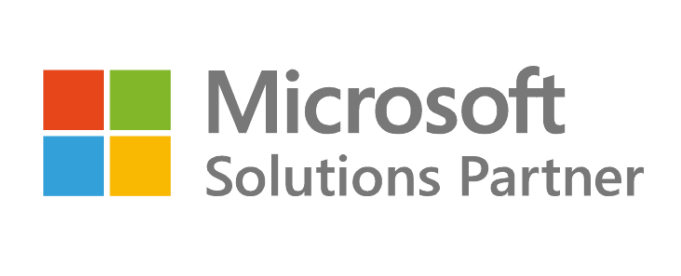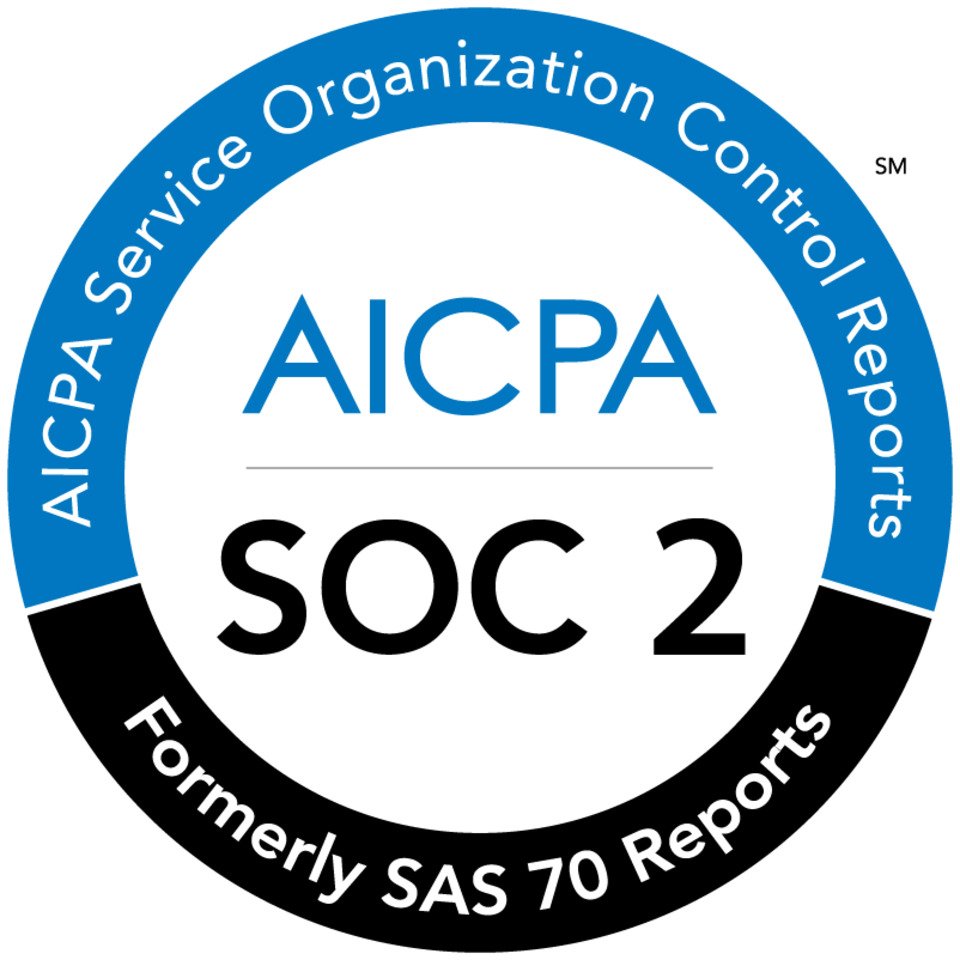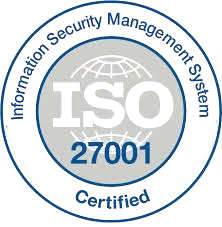Tailored Financial Platforms & System Integration
We partner with industry leaders



Industries That Benefit
Problems or Missed Opportunities We Solve
Fragmented System Landscapes
Financial institutions typically operate 15-25 disconnected systems across business functions, creating inefficient processes, data inconsistencies, and poor user experiences. These fragmented landscapes prevent operational efficiency and digital transformation.
Our approach:
- Creates unified platforms bridging system gaps
- Implements effective integration architecture
- Establishes consistent data across systems
- Provides seamless user experiences despite backend complexity
Manual Workflow Dependencies
Critical financial processes often require manual handoffs between departments, systems, and approval levels. These manual dependencies create delays, errors, and capacity constraints that limit organizational performance.
Tailored platforms deliver:
- Automated workflows across process steps
- Digital approval and routing capabilities
- Consistent execution of process requirements
- Comprehensive visibility into operational status
Inadequate Client Experiences
Many financial institutions provide client experiences far below digital expectations, with limited self-service capabilities, inconsistent information, and outdated interfaces. These experience gaps damage client satisfaction and retention.
The solution provides:
- Modern, intuitive client interfaces
- Comprehensive self-service capabilities
- Consistent information across touchpoints
- Personalized experiences enhancing relationships
Reporting Inefficiencies
Financial organizations spend thousands of hours manually assembling reports from disconnected systems for management, clients, and regulators. These inefficient processes create delays, errors, and significant operational costs.
Custom platforms enable:
- Automated data consolidation from multiple sources
- Consistent calculation methodologies
- On-demand report generation capabilities
- Significant reduction in reporting effort
Integration Complexity
Financial institutions struggle integrating diverse systems with different technologies, data structures, and security models. This integration complexity creates significant IT challenges and often prevents effective digital transformation.
The solution delivers:
- Sophisticated integration architecture addressing diverse systems
- Secure data exchange across platforms
- Consistent information despite source variations
- Reduced dependency on legacy system limitations
Case Study
Real Results from Financial Leaders
KYC Automation for a German Payments Fintech
A mid-sized German payment gateway with 180 employees processing approximately €700-800M in annual transactions, active in 6 EU markets.
- 28% conversion increased
- 40% improved performance
Conversational AI for a Spanish Insurance Firm
A traditional Spanish insurance provider with 85 years of history, 950 employees, and €280 million in annual premiums across home, auto, life, and commercial lines.
- 28% conversion increased
- 40% improved performance
Real-Time Fraud Detection in UK Digital Payments App
A fast-growing UK-based mobile payment application with 165 employees processing approximately £1.3 billion in annual transaction volume with around 700k active users.
- 28% conversion increased
- 40% improved performance
AI Copilot for Treasury Operations at a Spanish Payment Orchestration Platform
A mid-sized German payment gateway with 180 employees processing approximately €700-800M in annual transactions, active in 6 EU markets.
- 28% conversion increased
- 40% improved performance
Certifications & Compliance



Benefits of Using the Solution

Enhanced Operational Efficiency
Eliminate manual processes and system fragmentation through integrated platforms designed for your specific workflows. Financial institutions typically reduce processing time by 60-70% while handling higher volumes with existing teams, directly improving operational profitability.

Superior Client Experience
Deliver digital experiences that exceed client expectations through intuitive interfaces, comprehensive functionality, and personalized interactions. Organizations achieve significant improvements in client satisfaction, retention, and digital engagement through platforms aligned with modern expectations.

Accelerated Digital Transformation
Implement true digital workflows and capabilities without replacing core systems through effective integration and modern user experiences. Financial institutions achieve digital transformation goals in months rather than years while preserving investments in existing platforms.

Improved Data Access and Quality
Establish reliable financial information across the organization through effective data integration and governance. Decision-makers receive accurate, timely information for both operational and strategic decisions, enhancing overall organizational performance.

Scalable Growth Foundation
Build technology infrastructure that scales efficiently with business growth through modular architecture and comprehensive integration. Organizations achieve substantial growth without proportional increases in operational costs or complexity, creating true operational leverage.
Unlock Intelligent Growth
Aspagnul delivers end-to-end AI-powered solutions that drive efficiency for modern financial institutions.
Process Flow

Requirements & Experience Design
The engagement begins with comprehensive analysis of your current systems, operational workflows, and digital experience requirements. Design specialists develop intuitive interfaces and effective user experiences aligned with your brand and business objectives.
Architecture & Integration Planning
Technical architects design system architecture addressing your specific integration challenges and operational requirements. This planning phase establishes the technical foundation for successful implementation while addressing security, scalability, and maintainability.
Iterative Development & Testing
Development proceeds through agile sprints with regular demonstrations and feedback cycles. This iterative approach ensures the solution addresses your actual requirements while adapting to emerging needs throughout the development process.
System Integration & Data Migration
Integration specialists establish secure connections with your existing systems using appropriate methodologies for each platform. Data migration experts transfer and validate information to new platforms while maintaining integrity and consistency throughout the process.
Deployment & Change Management
The solution deploys through a controlled implementation approach minimizing business disruption. Change management specialists provide user training, adoption support, and organizational alignment to ensure successful transition to new platforms.
Ongoing Enhancement & Support
Technical teams provide continued support and enhancement of implemented platforms based on business feedback and emerging requirements. This ongoing partnership ensures your digital platforms continue evolving with your business needs.
Why Aspagnul Is the Ideal Partner
Financial Domain Specialization
The Aspagnul team combines deep expertise in financial operations, regulatory requirements, and industry best practices with advanced technology capabilities. This specialized knowledge ensures our platforms address the unique challenges of financial services rather than providing generic solutions.
Our specialists have implemented financial platforms processing trillions in transactions across banking, investment, insurance, and fintech environments, creating systems that address both business and regulatory requirements.
Integration Excellence
Our technical architects bring extensive experience integrating diverse financial systems across modern APIs, legacy platforms, and specialized financial protocols. This integration expertise enables unified experiences despite complex system landscapes common in financial organizations.
The team has successfully integrated with over 300 different financial platforms, including both modern and legacy systems, using appropriate methodologies for each environment’s specific characteristics.
User Experience Focus
Our design approach prioritizes intuitive experiences for both clients and employees, with specialized expertise in financial interface design. This focus ensures platforms that drive adoption and satisfaction rather than merely delivering technical functionality.
The design team brings significant experience creating interfaces for financial information and transactions, addressing the unique challenges of presenting complex financial concepts in accessible formats.
Secure Development Methodology
Our development process incorporates financial-grade security throughout the implementation lifecycle, with specialized attention to data protection, access controls, and regulatory compliance. This secure methodology ensures platforms that satisfy the stringent requirements of financial operations.
The development approach includes comprehensive security testing, regular code reviews, and appropriate controls validation throughout the implementation process, delivering systems that meet financial security standards.
Long-Term Partnership Approach
Our engagement model emphasizes sustained collaboration beyond initial implementation, with ongoing support, enhancement, and evolution of delivered platforms. This partnership approach ensures your digital capabilities continue advancing alongside your business requirements.
Financial institutions benefit from dedicated teams familiar with their specific platforms and requirements, providing continuity and efficiency in ongoing development activities.
Frequently Asked Questions
Financial system integration presents unique challenges due to the critical nature of these platforms and their often-limited connectivity options. Our approach implements a three-tier integration strategy: direct API connections where available, secure database integration where appropriate, and intelligent interface automation for legacy systems lacking traditional integration capabilities.
This flexible methodology adapts to your specific system landscape rather than requiring changes to existing platforms. Implementation proceeds through a staged approach with comprehensive testing at each phase, ensuring continuous business operations throughout the integration process. The team has successfully integrated with all major financial platforms including core banking systems, investment platforms, insurance administration systems, and proprietary applications, using appropriate techniques for each environment.
Financial platforms require the right balance between complete customization and efficient delivery—too much customization creates lengthy implementation and maintenance challenges, while insufficient tailoring fails to address unique requirements. Our approach addresses this balance through configurable component architecture: core platform frameworks provide proven functionality while configurable components enable tailoring to your specific requirements without custom coding.
This methodology typically reduces implementation time by 40-50% compared to complete custom development while still delivering specifically tailored functionality. The approach also significantly reduces long-term maintenance requirements by leveraging core components while isolating customizations to specific configuration layers. Financial institutions receive platforms precisely aligned with their requirements without the implementation timeframes and maintenance challenges of traditional custom development.
Financial data security forms the foundation of our platform architecture, with multiple protective layers addressing both regulatory requirements and evolving threats. The security framework implements defense-in-depth strategies including end-to-end encryption for all data transmission, comprehensive access controls with multi-factor authentication, detailed activity logging with anomaly detection, secure coding practices throughout development, and regular penetration testing by independent security firms.
The architecture incorporates financial-specific security considerations including regulatory data protection requirements, separation of duties controls, and appropriate audit trails for compliance purposes. All platforms undergo rigorous security assessment before deployment, with documentation suitable for regulatory examination and security review. These measures ensure your financial data receives protection that meets or exceeds the standards expected in financial operations.
Financial platforms must satisfy complex regulatory requirements across multiple dimensions. Our development approach incorporates compliance by design rather than as an afterthought through several complementary methodologies: regulatory requirement mapping during initial design, compliance review checkpoints throughout development, built-in controls and documentation capabilities, and comprehensive audit trails across all system activities.
The platforms include configurable compliance components addressing specific regulatory frameworks including KYC/AML requirements, data protection regulations, financial reporting standards, and industry-specific obligations. This approach ensures your platforms satisfy both current regulatory requirements and provide flexibility for evolving compliance needs. The implementation includes comprehensive documentation suitable for regulatory examinations and audits.
Our implementation approach minimizes demands on your resources while ensuring the solution addresses your specific requirements. The typical development process requires focused involvement from key stakeholders—usually 4-6 hours weekly from business representatives and 4-6 hours weekly from IT stakeholders during active development phases.
This engagement concentrates on requirements validation, experience review, and integration planning rather than technical implementation details. The methodology emphasizes efficient use of stakeholder time through structured workshops, regular demonstrations, and clear decision processes. Financial organizations can implement sophisticated platforms with minimal disruption to ongoing operations through this streamlined approach to stakeholder involvement.
Implementation timeframes and investment vary based on platform complexity, integration requirements, and organizational scale. Typical financial platforms deploy initial capabilities within 3-4 months, with complete implementation within 6-9 months depending on scope. The investment aligns with platform value rather than arbitrary technical metrics, with most organizations achieving measurable returns through operational efficiency, enhanced client experience, and improved data capabilities.
The implementation follows a phased approach, delivering high-value capabilities early while expanding functionality over time. This methodology provides business benefits throughout the implementation rather than requiring complete deployment before realizing value. Financial institutions typically achieve full ROI within 12-18 months through combined benefits of operational efficiency, enhanced client engagement, and improved decision-making capabilities.
Get in touch
We’re excited to hear from you and to start something special together.
- Money-back guarantee if you don’t receive what we promise.
- Full financial and technical analysis of your current situation.
- Full support from the moment of our first contact.
Contact Information

Turn your financial operations with purpose-built AI solutions from Aspagnul that reduce costs, accelerate growth, and ensure regulatory compliance across financial institutions.
